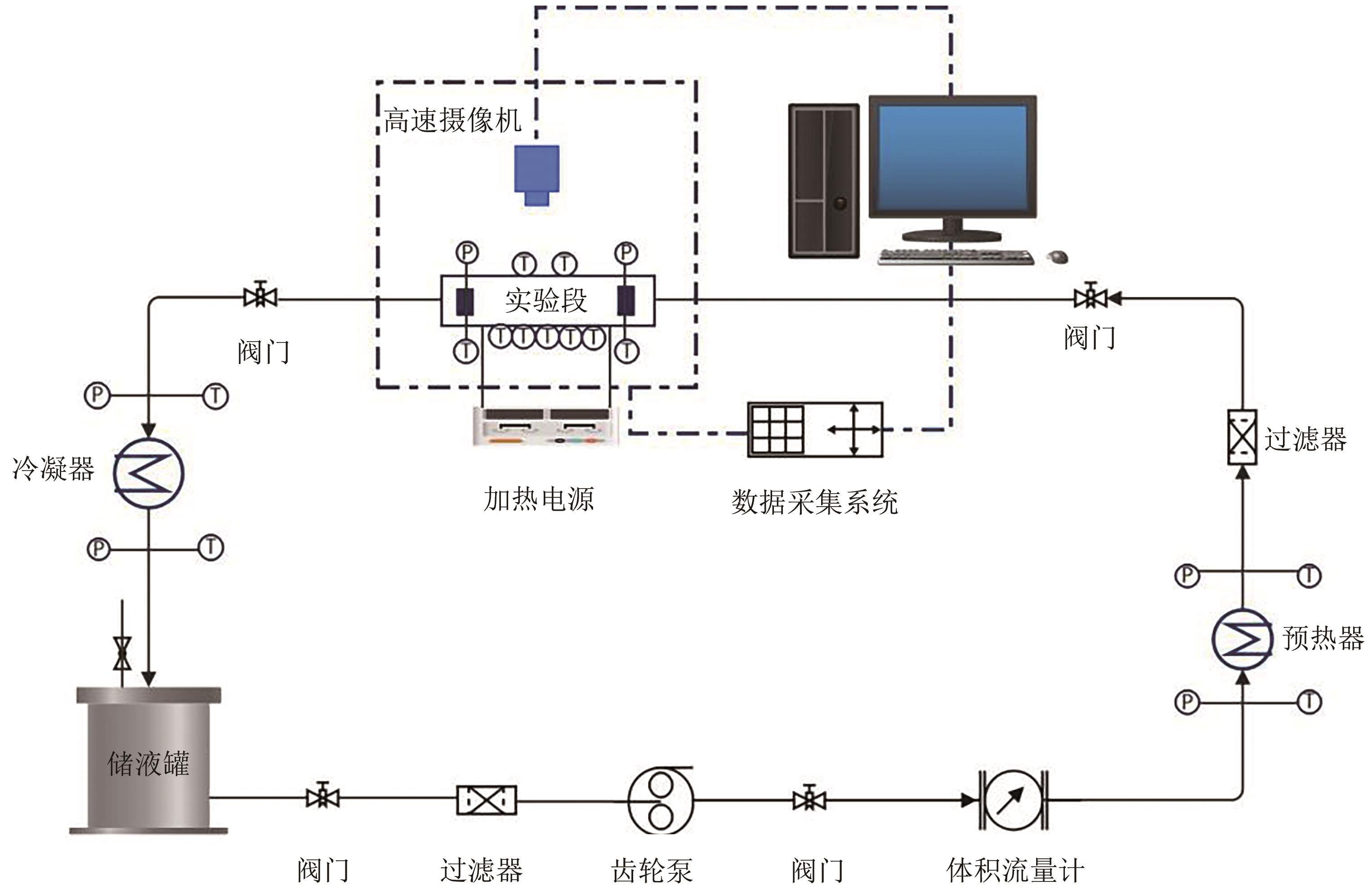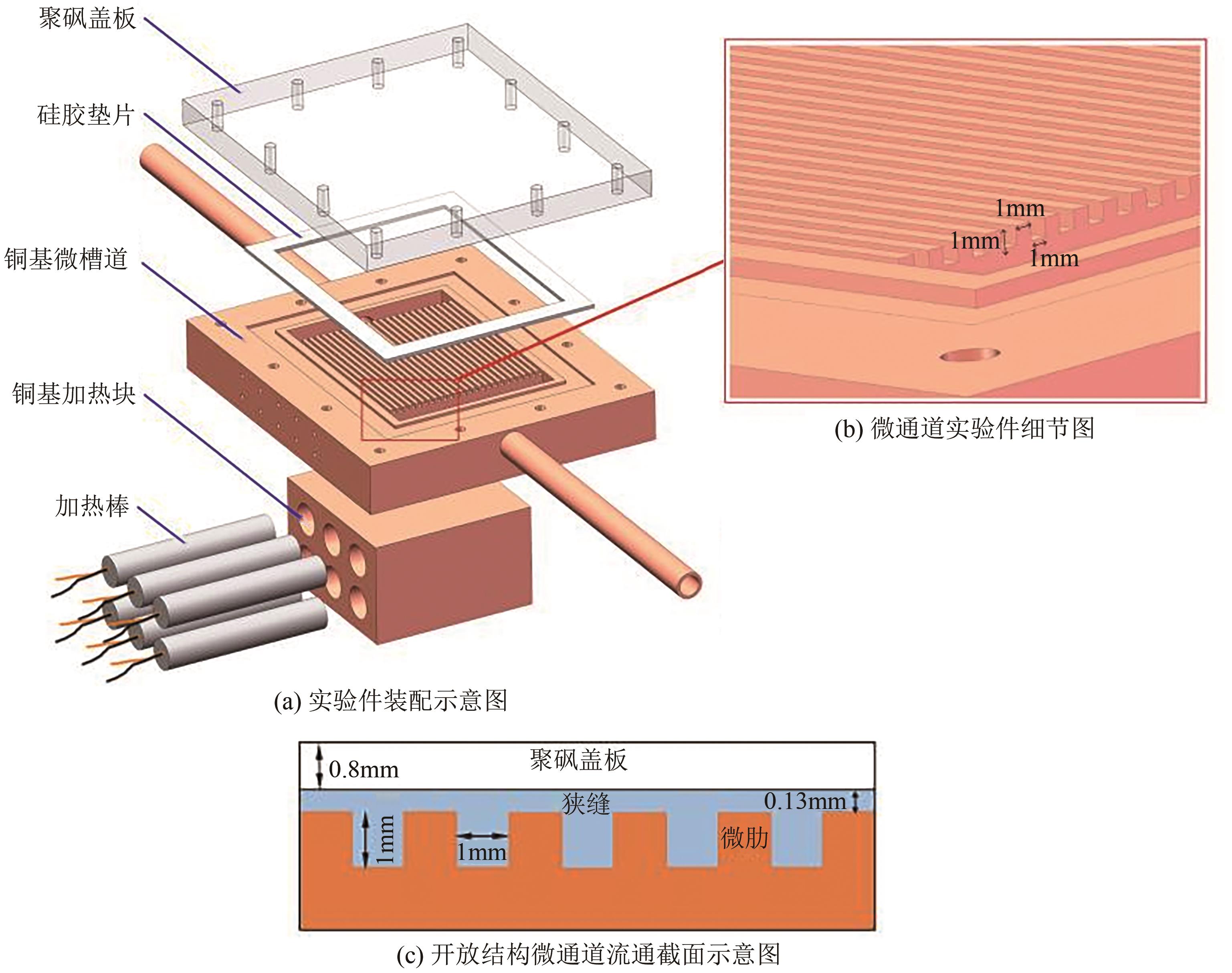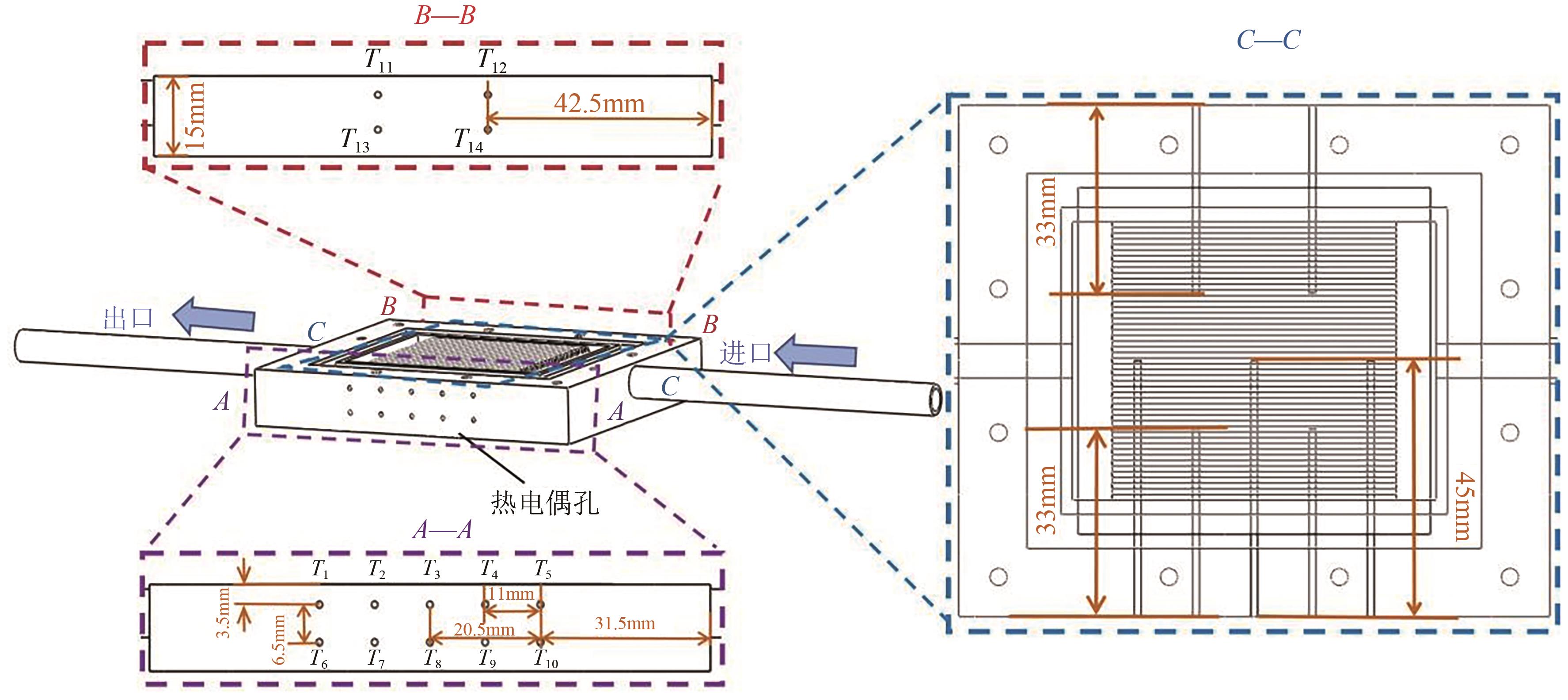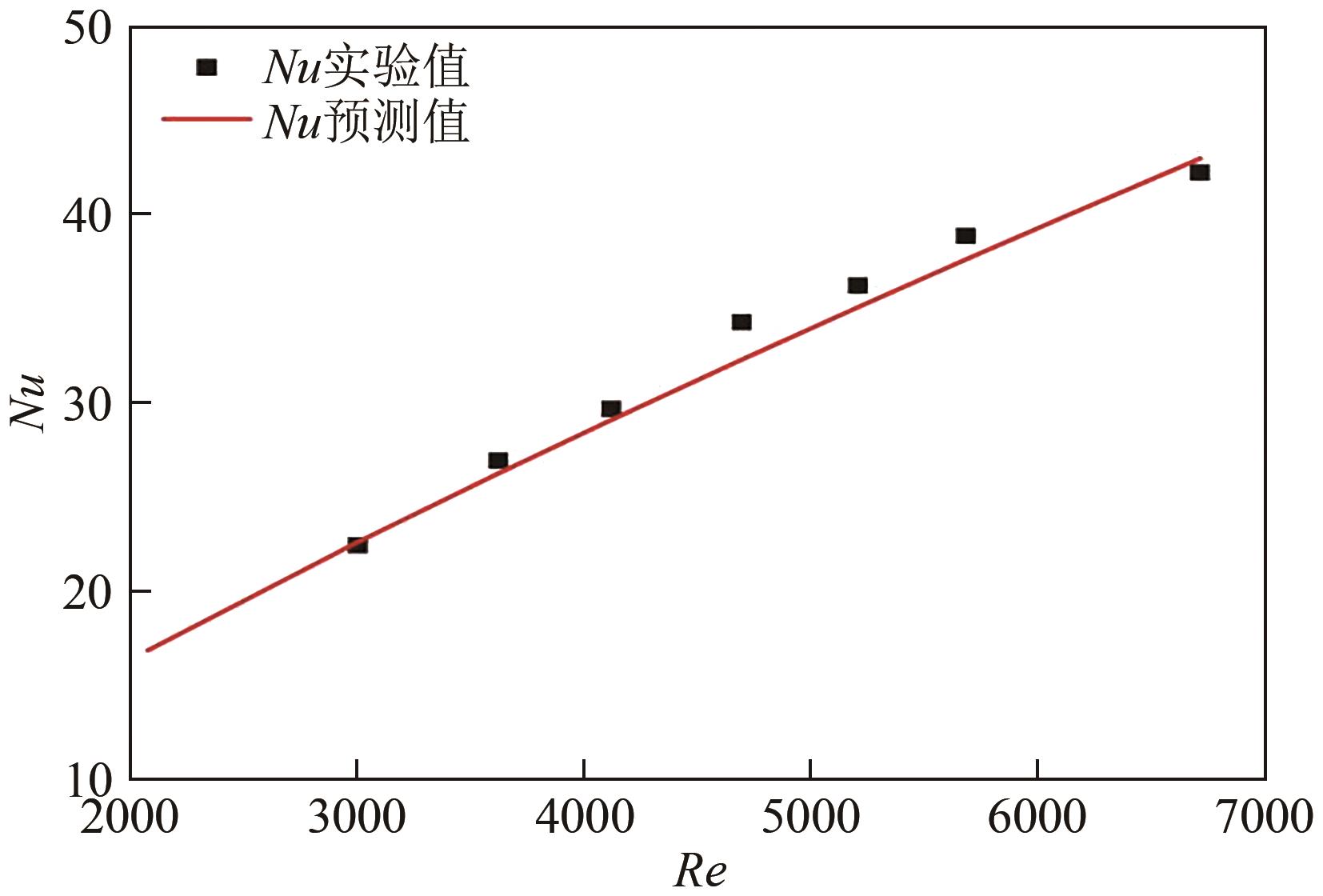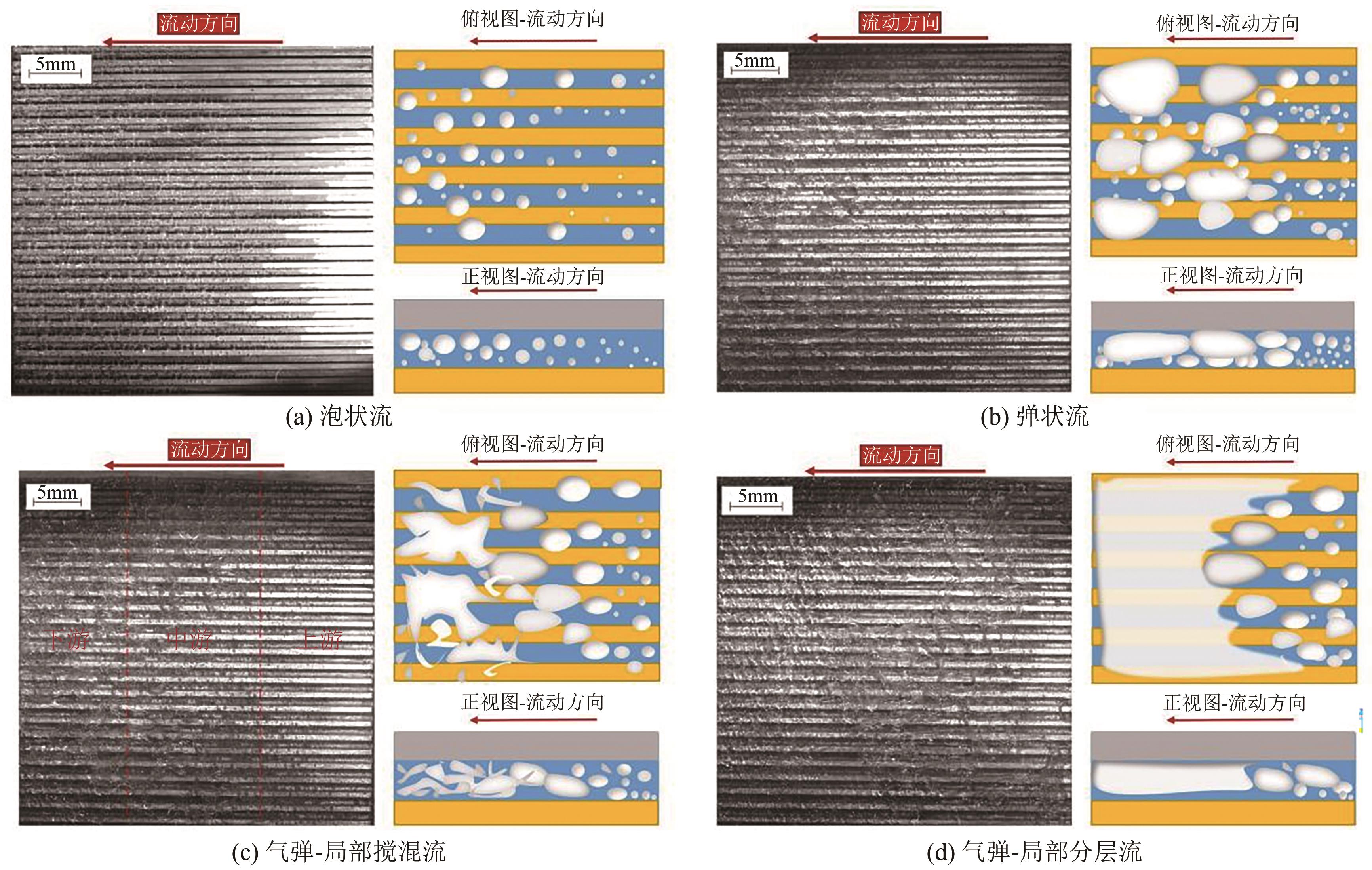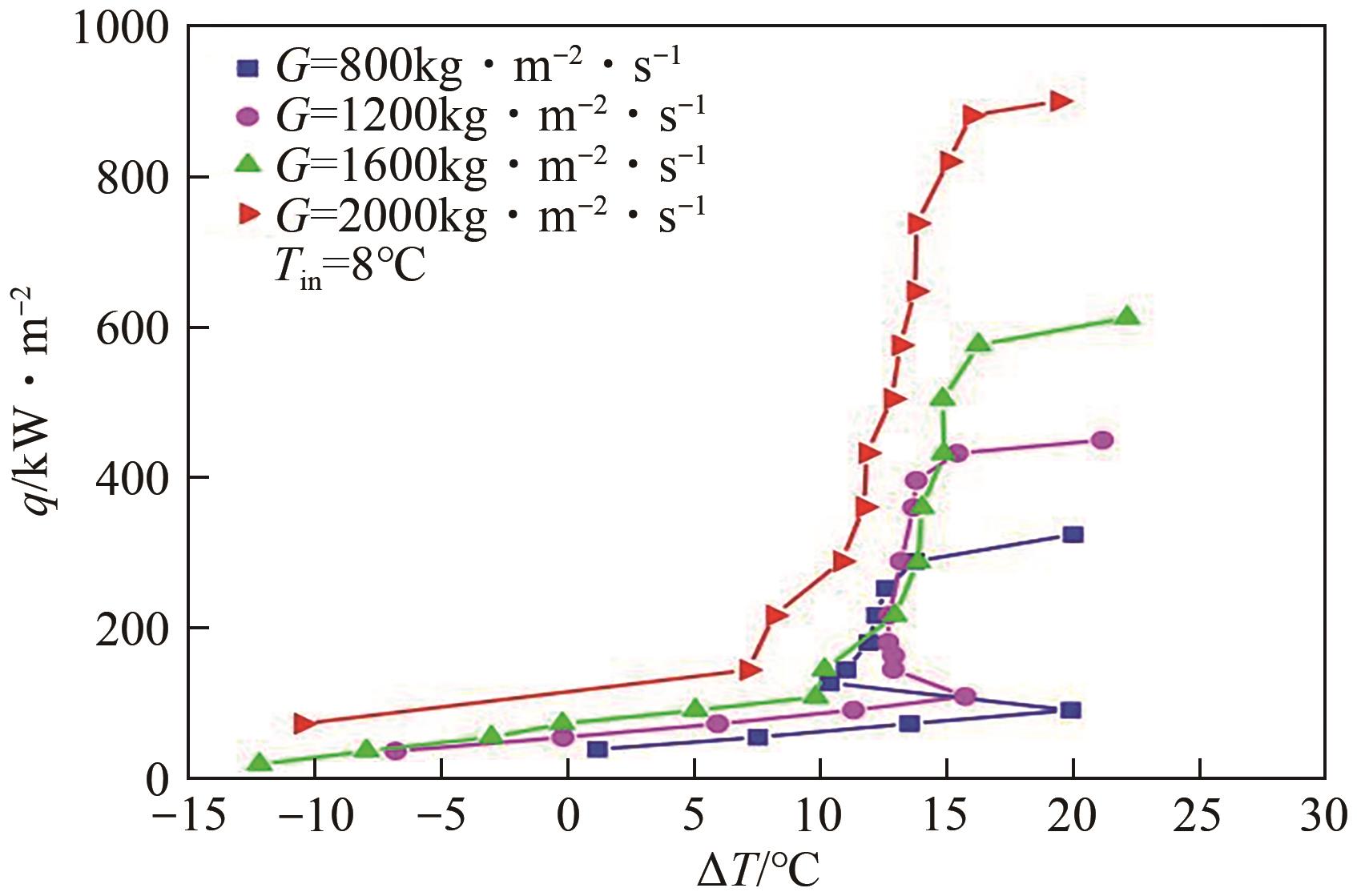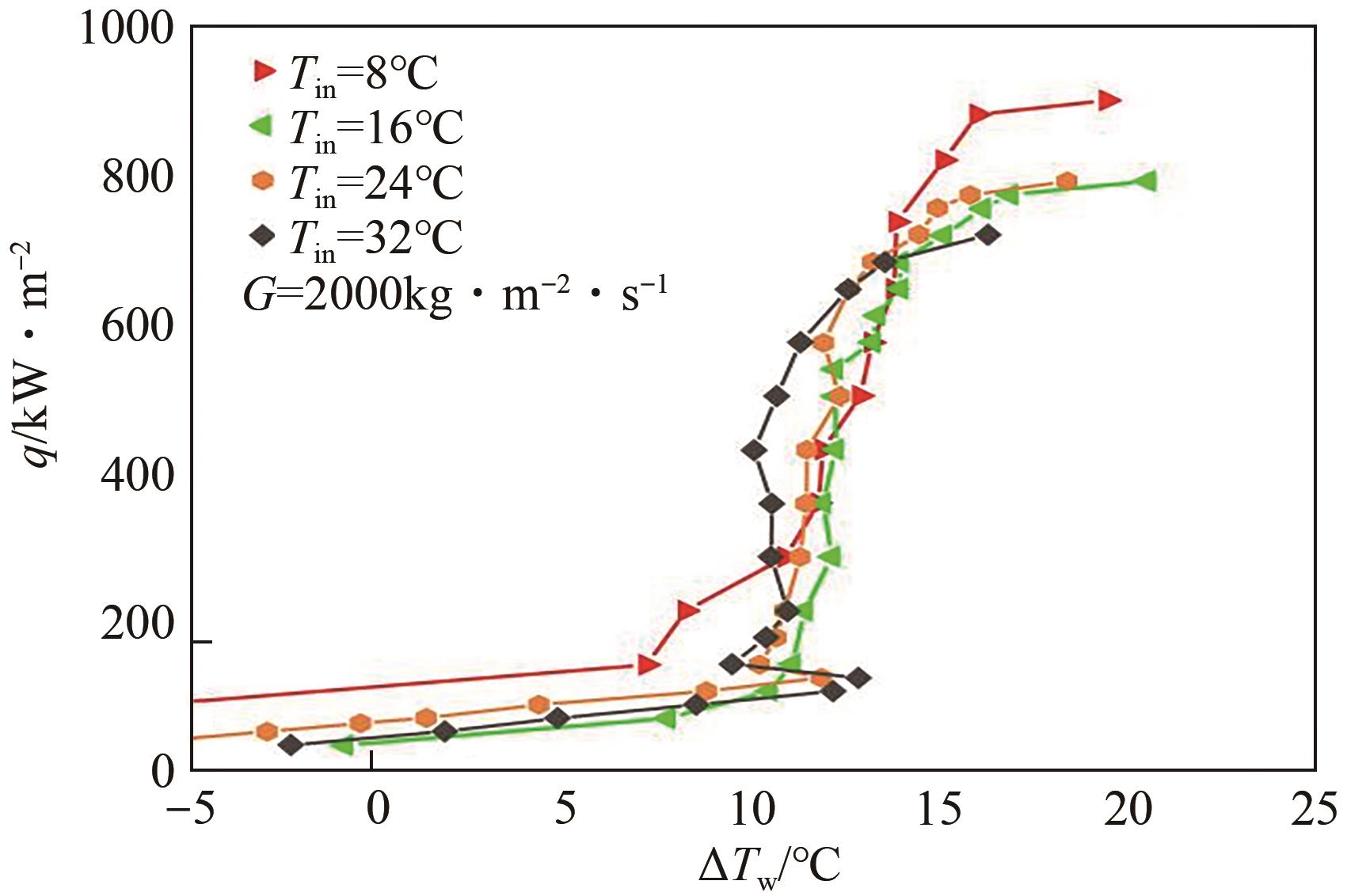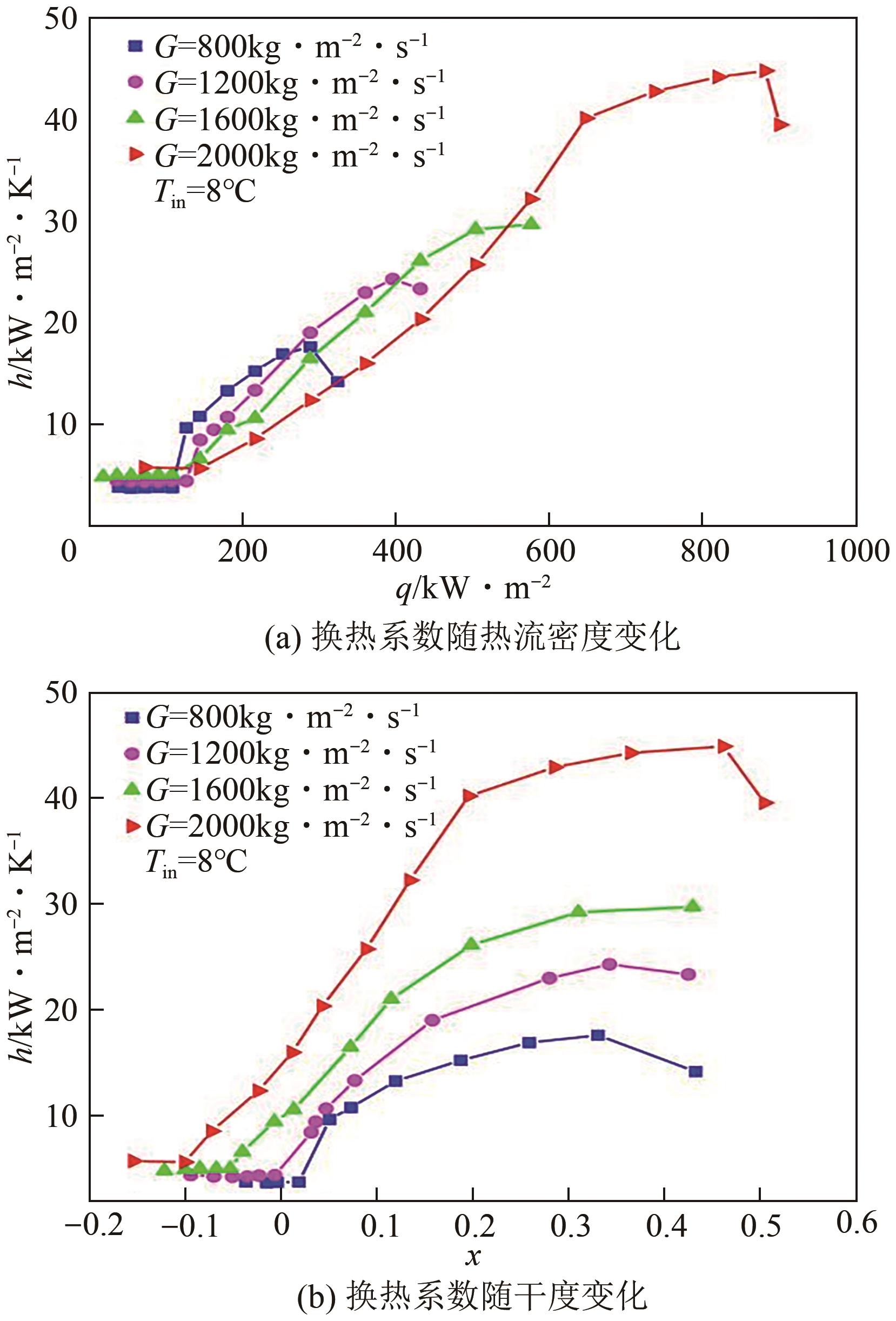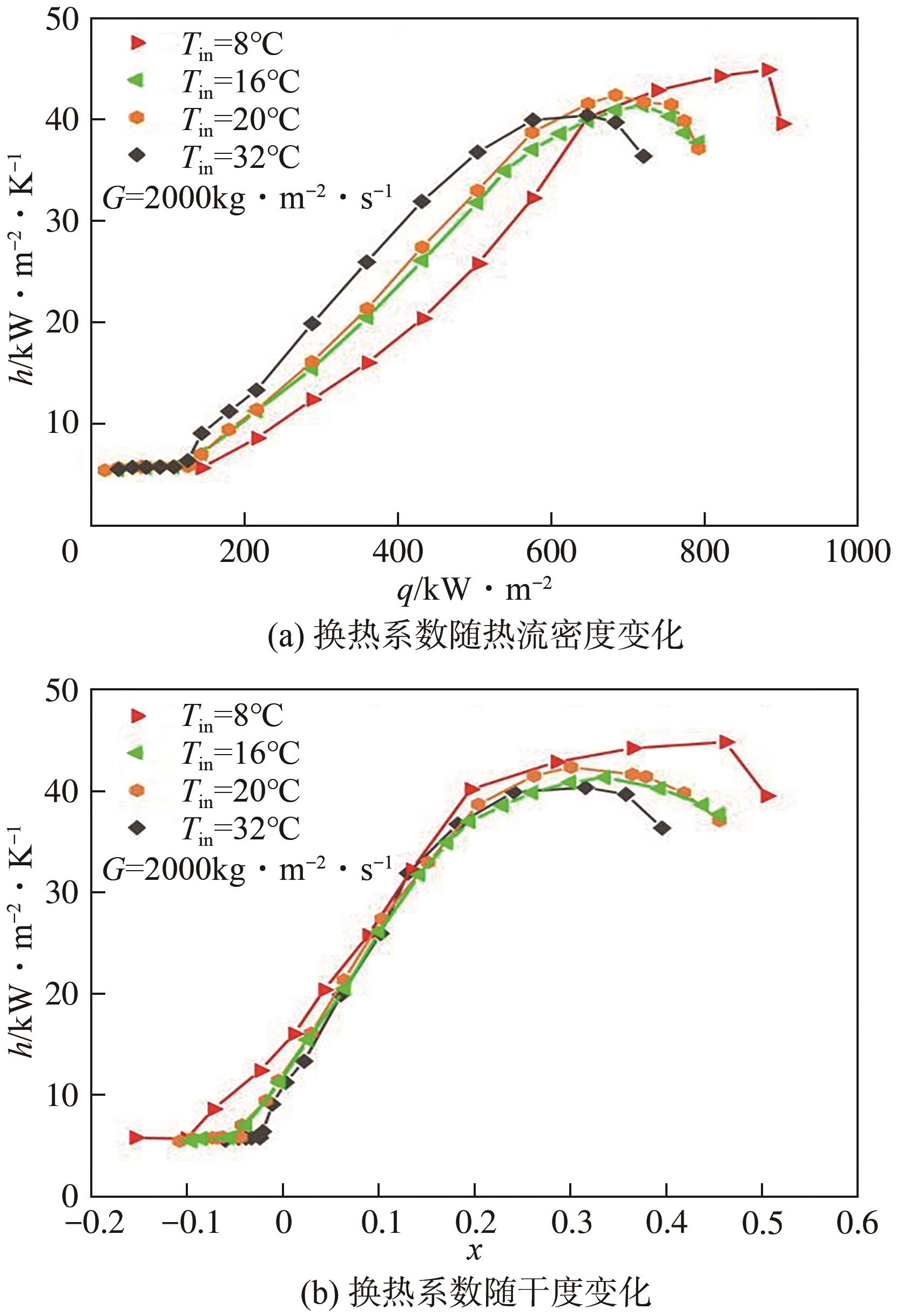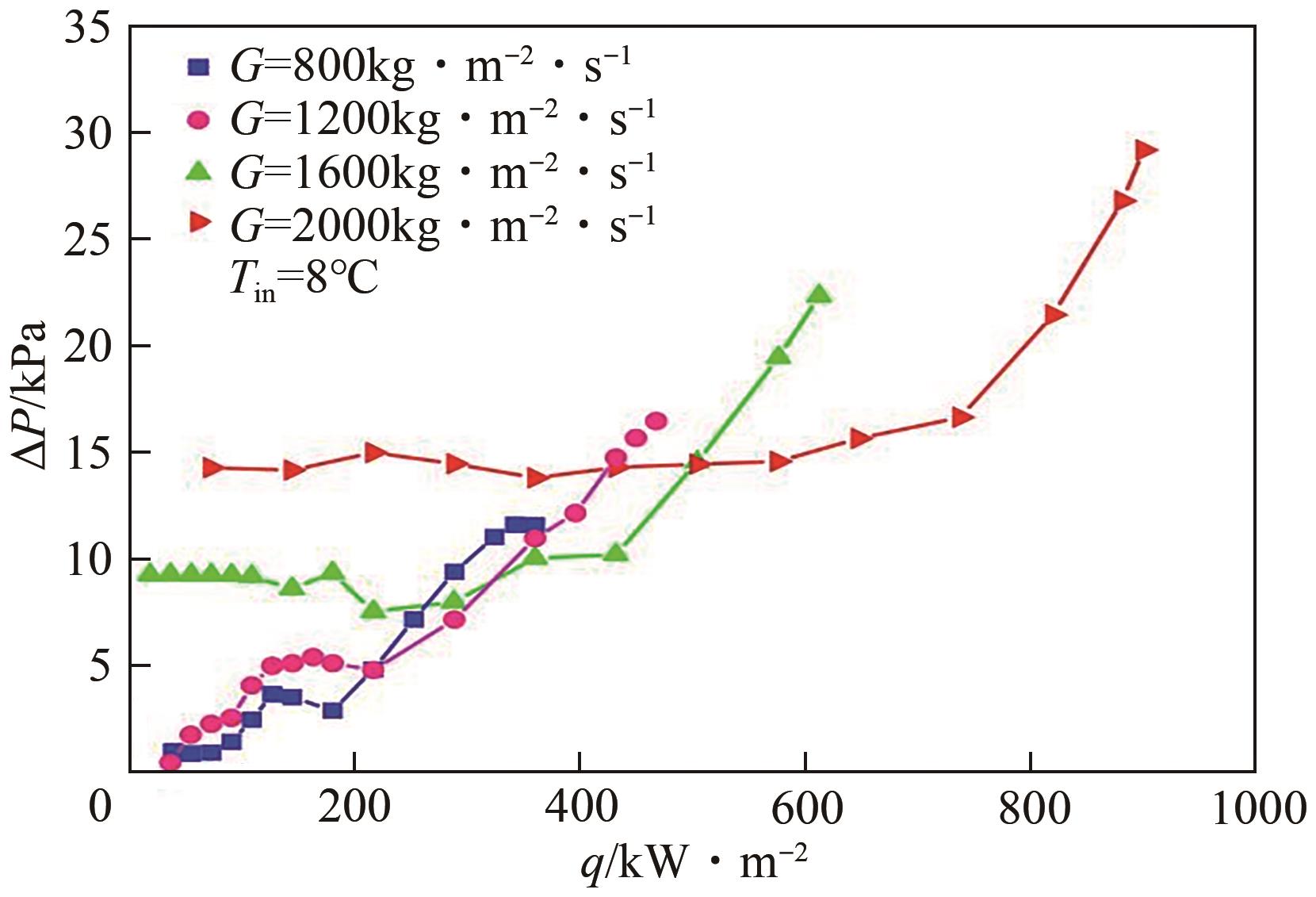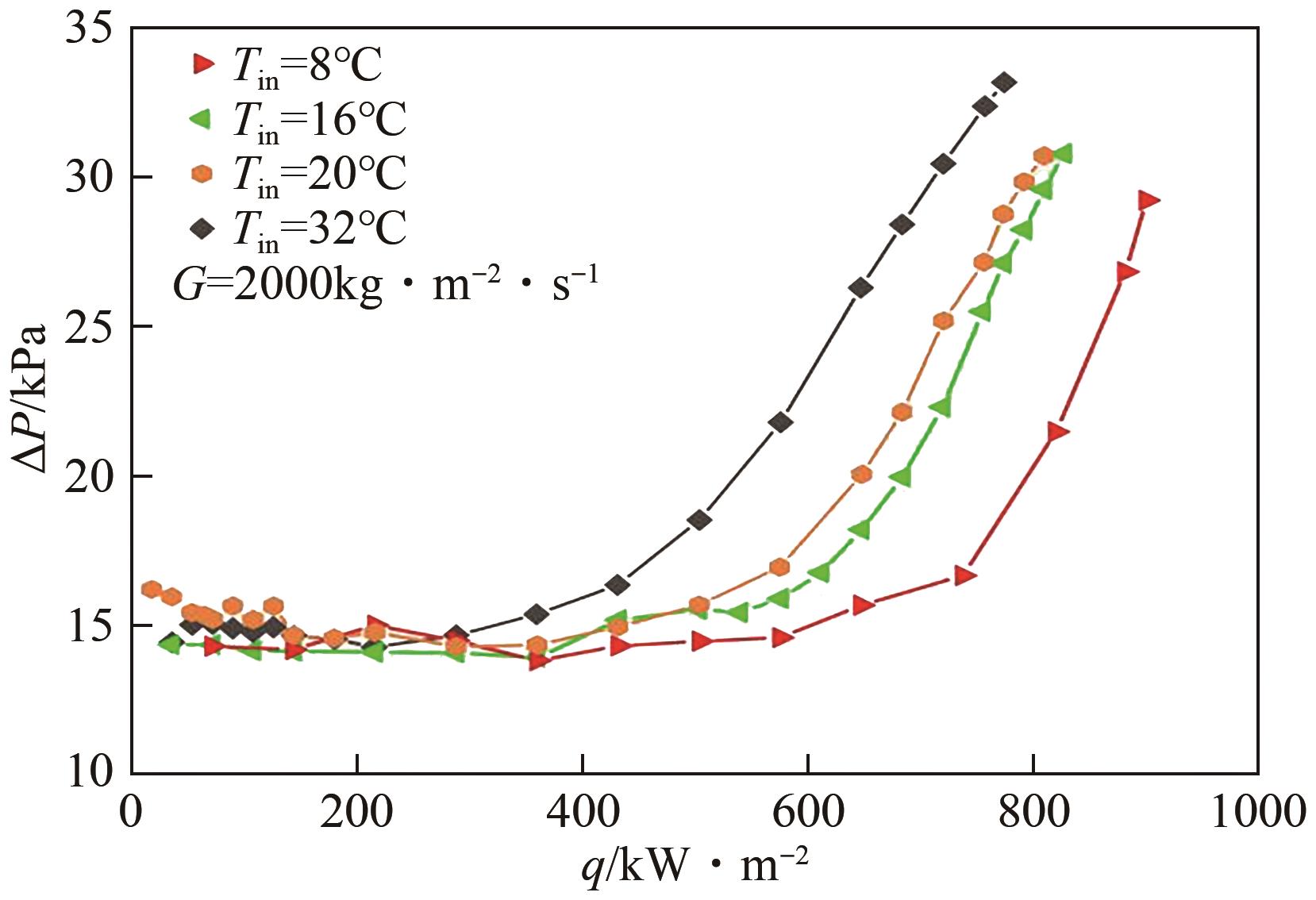| 1 |
曾龙, 郑贵森, 邓大祥, 等. 多孔壁面微通道换热性能的实验研究[J]. 化工进展, 2022, 41(9): 4625-4634.
|
|
ZENG Long, ZHENG Guisen, DENG Daxiang, et al. Experimental study of heat transfer performance of porous wall microchannels[J]. Chemical Industry and Engineering Progress, 2022, 41(9): 4625-4634.
|
| 2 |
杜保周, 李慧君, 郭保仓, 等. 微肋阵通道流动沸腾换热与压降特性[J]. 化工学报, 2018, 69(12): 4979-4989.
|
|
DU Baozhou, LI Huijun, GUO Baocang, et al. Flow boiling heat transfer and pressure drop characteristics in micro channel with micro pin fins[J]. CIESC Journal, 2018, 69(12): 4979-4989.
|
| 3 |
HETSRONI G, MOSYAK A, SEGAL Z, et al. A uniform temperature heat sink for cooling of electronic devices[J]. International Journal of Heat and Mass Transfer, 2002, 45(16): 3275-3286.
|
| 4 |
梅响, 姚元鹏, 吴慧英. 连通微通道内过冷流动沸腾传热强化机理分析[J]. 化工进展, 2022, 41(6): 2884-2892.
|
|
MEI Xiang, YAO Yuanpeng, WU Huiying. Analysis of heat transfer enhancement mechanism on subcooled flow boiling in interconnected microchannels[J]. Chemical Industry and Engineering Progress, 2022, 41(6): 2884-2892.
|
| 5 |
杨鹏, 胡士松, 刘广飞, 等. Ni/Ag微纳结构强化顶部连通型微通道沸腾换热[J]. 化工进展, 2021, 40(5): 2526-2535.
|
|
YANG Peng, HU Shisong, LIU Guangfei, et al. Enhancement of flow boiling heat transfer by using Ni/Ag micro/nano structures in a top-connected microchannel[J]. Chemical Industry and Engineering Progress, 2021, 40(5): 2526-2535.
|
| 6 |
赵亚东, 张伟, 邬智宇, 等. 开式并联微通道中流动沸腾换热的实验研究[J]. 工程热物理学报, 2018, 39(7): 1498-1504.
|
|
ZHAO Yadong, ZHANG Wei, WU Zhiyu, et al. Experimental study on flow boiling heat transfer in open parallel microchannels[J]. Journal of Engineering Thermophysics, 2018, 39(7): 1498-1504.
|
| 7 |
ZHAO Qi, QIU Juncheng, ZHOU Jianhong, et al. Visualization study of flow boiling characteristics in open microchannels with different wettability[J]. International Journal of Heat and Mass Transfer, 2021, 180: 121808.
|
| 8 |
KANDLIKAR Satish G, WIDGER Theodore, KALANI Ankit, et al. Enhanced flow boiling over open microchannels with uniform and tapered gap manifolds[J]. Journal of Heat Transfer, 2013, 135(6): 061401.
|
| 9 |
KALANI Ankit, KANDLIKAR Satish G. Evaluation of pressure drop performance during enhanced flow boiling in open microchannels with tapered manifolds[J]. Journal of Heat Transfer, 2014, 136(5): 051502.
|
| 10 |
BALASUBRAMANIAN K R, Ajith KRISHNAN R, SURESH S. Spatial orientation effects on flow boiling performances in open microchannels heat sink configuration under a wide range of mass fluxes[J]. Experimental Thermal and Fluid Science, 2018, 99: 392-406.
|
| 11 |
XIA Guodong, CHENG Yue, CHENG Lixin, et al. Heat transfer characteristics and flow visualization during flow boiling of acetone in semi-open multi-microchannels[J]. Heat Transfer Engineering, 2019, 40(16): 1349-1362.
|
| 12 |
YIN Liaofei, JIANG Peixue, XU Ruina, et al. Heat transfer and pressure drop characteristics of water flow boiling in open microchannels[J]. International Journal of Heat and Mass Transfer, 2019, 137: 204-215.
|
| 13 |
BHANDARI Prabhakar, PRAJAPATI Yogesh K. Thermal performance of open microchannel heat sink with variable pin fin height[J]. International Journal of Thermal Sciences, 2021, 159: 106609.
|
| 14 |
LIN Yuhao, LUO Yang, LI Wei, et al. Enhancement of flow boiling heat transfer in microchannel using micro-fin and micro-cavity surfaces[J]. International Journal of Heat and Mass Transfer, 2021, 179: 121739.
|
| 15 |
BAI Pengfei, TANG Tao, TANG Biao. Enhanced flow boiling in parallel microchannels with metallic porous coating[J]. Applied Thermal Engineering, 2013, 58(1/2): 291-297.
|
| 16 |
CONSOLINI Lorenzo, THOME John R. Micro-channel flow boiling heat transfer of R-134a, R-236fa, and R-245fa[J]. Microfluidics and Nanofluidics, 2009, 6(6): 731-746.
|
| 17 |
GNIELINSKI V. New equations for heat and mass transfer in turbulent pipe and channel flow[J]. International Chemical Engineering, 1976, 16(2): 359-367.
|
| 18 |
JAYARAMU Prasanna, GEDUPUDI Sateesh, Sarit K DAS. Influence of heating surface characteristics on flow boiling in a copper microchannel: Experimental investigation and assessment of correlations[J]. International Journal of Heat and Mass Transfer, 2019, 128: 290-318.
|
| 19 |
罗小平, 邓聪, 冯振飞, 等. 制冷系统不同表面能微通道的流动沸腾传热特性试验[J]. 农业工程学报, 2016, 32(20): 217-222.
|
|
LUO Xiaoping, DENG Cong, FENG Zhenfei, et al. Flowing boiling heat transfer characteristics test for microchannels with different surface energy in refrigeration system[J]. Transactions of the Chinese Society of Agricultural Engineering, 2016, 32(20): 217-222.
|
| 20 |
MOFFAT Robert J. Describing the uncertainties in experimental results[J]. Experimental Thermal and Fluid Science, 1988, 1(1): 3-17.
|
 ), YANG Zhonglin, ZHANG Kexin, ZHANG Zhiqiang, DANG Chao
), YANG Zhonglin, ZHANG Kexin, ZHANG Zhiqiang, DANG Chao
